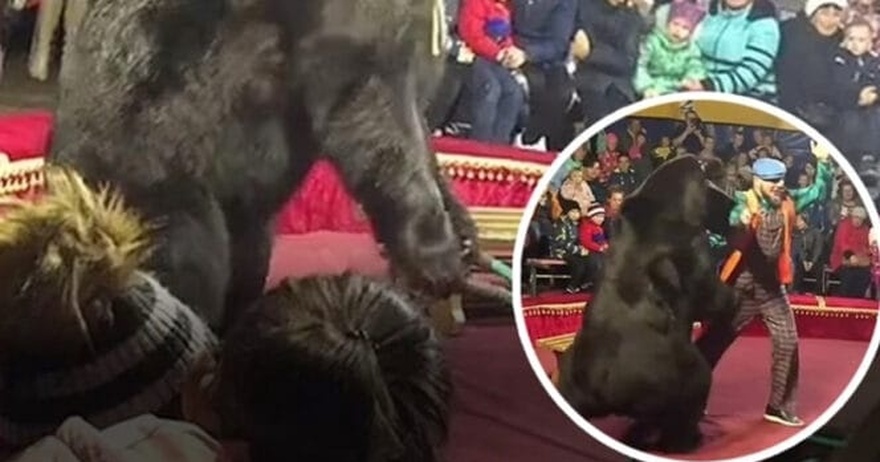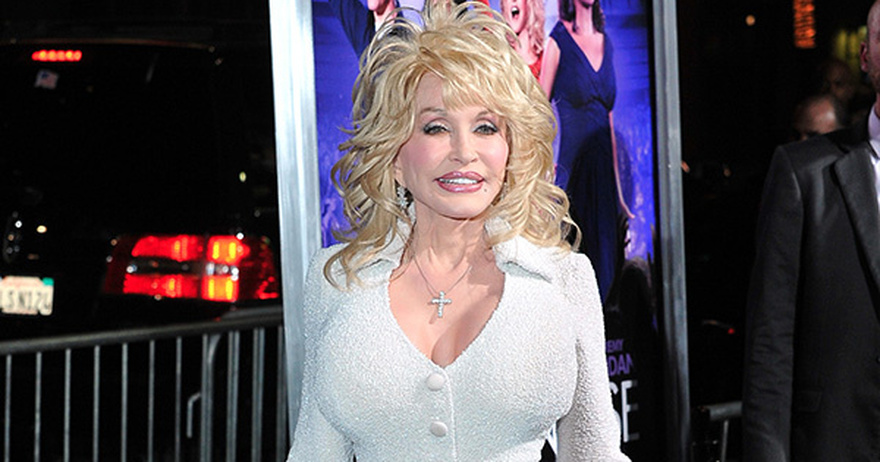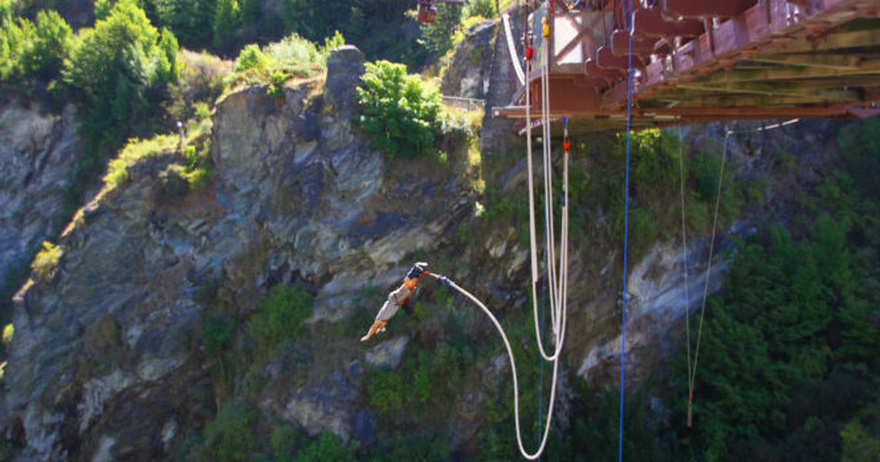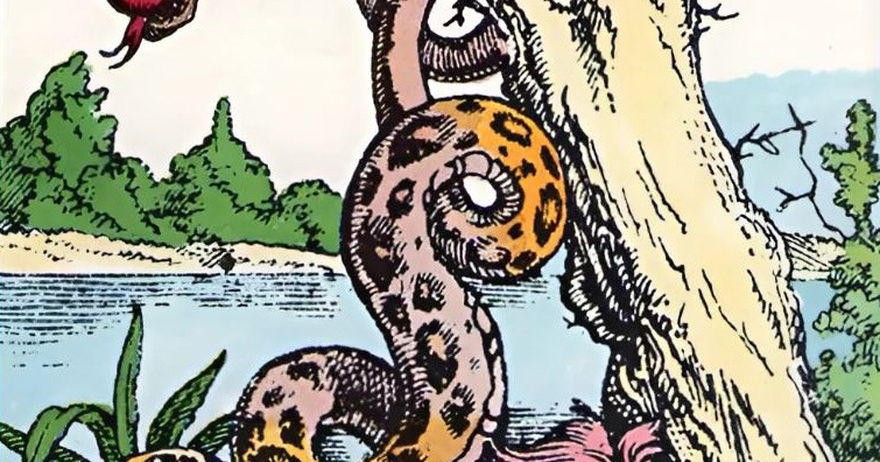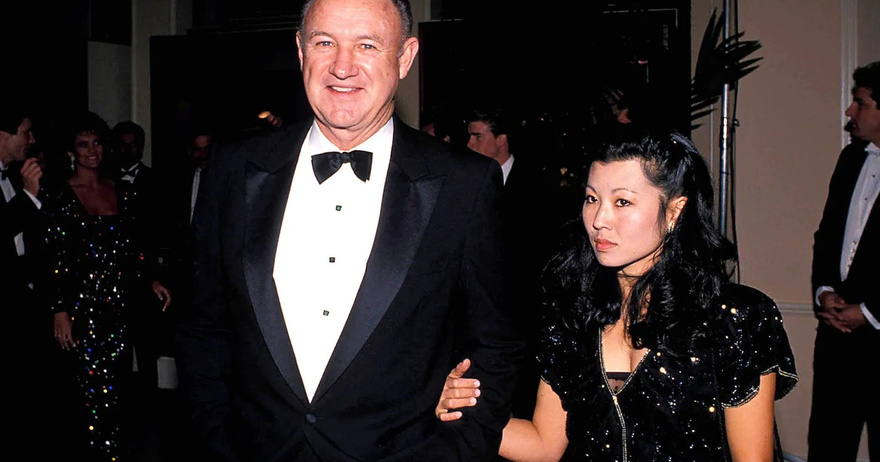In 2019, a horrifying incident at a circus in Russia made it clear just how cruel the treatment of wild animals in entertainment can be.
Yashka, a 600lb Russian bear, had spent years performing in the Anshlag Circus, carting around a wheelbarrow as part of the “Bow-legged and the Wheelbarrow” act. But that night, something inside him snapped.
Sick and old
It wasn’t the lights or the loud music. It wasn’t the crowds. What drove Yashka to attack his handler, Ruslan Solodyuk, was the fact that, as a massive apex predator, he had been reduced to nothing more than a circus act — performing tricks to entertain people, trapped in a small, unnatural environment.
Yashka viciously bit down on Solodyuk’s arm and wouldn’t let go, as circus workers kicked the bear and attempted to subdue the bear with an electric shocker.
Local media reported that the bear then made its way into the audience area, getting dangerously close to spectators.
The audience, initially unsure if this was part of the show, quickly realized the severity of the situation. People began running for the exits in panic. It was a disturbing scene, one that highlights the inherent cruelty of using wild animals for entertainment.
Disagreed with the circus administrators
According to Fox News, Solodyuk told the Russian news outlet Daily Storm that he was cooperating with the police after the attack and emphasized that he had never experienced anything like this in all his years working with Yashka. He attributed the incident to the bear’s irritation, explaining:
“Yashka is huge (weighs 660 pounds), sick, and old — 16 years old. The animal occasionally hurts joints… In spring and autumn, just like in people, Yashka’s problems worsen. This time, the bear crouched on the stage and, apparently, felt pain.”
The circus, rather than showing compassion, also attempted to blame the audience, claiming that the bear’s aggression was triggered by flash photography. While that may have been a factor, it’s important to recognize that no amount of flashes should push an animal to violence — especially one that’s been systematically abused by a circus.
Solodyuk clarified that he didn’t work directly for the circus but was hired for the show after finding the contracts online. He disagreed with the circus administrators, who claim that the flash photography triggered the attack.
The circus manager stated that neither the trainer nor the bear sustained serious injuries during the incident, but to me, this incident serves as a glaring reminder of why wild animals should never be part of a circus. They aren’t entertainment props.
They’re living, feeling creatures who belong in their natural habitats, not in cages or performing unnatural tricks. The tragic reality is that Yashka’s attack was a desperate cry for help, a reflection of the pain and distress that these animals endure in captivity.
It’s time for us to rethink our relationship with circuses that exploit animals. No animal deserves to be subjected to this kind of life. Yashka’s story should be a wake-up call for us all to stop supporting industries that profit off animal suffering. Animals like Yashka deserve to be free, not forced to live out their lives in captivity for the sake of a show.
Wendy’s Reacts to Backlash Over Joke About Leaving Katy Perry in Space: ‘Always Bring a Little Spice’
Michael Bublé Is Living The Good Life With His Family In A Multi-Million Dollar Mansion In His Hometown.
Dolly Parton’s best duet yet: ‘There Was Jesus’
Grooving Groom Daniel Lewis’s Epic Dance Entrance With His Boys Makes Wedding Goes Viral.
